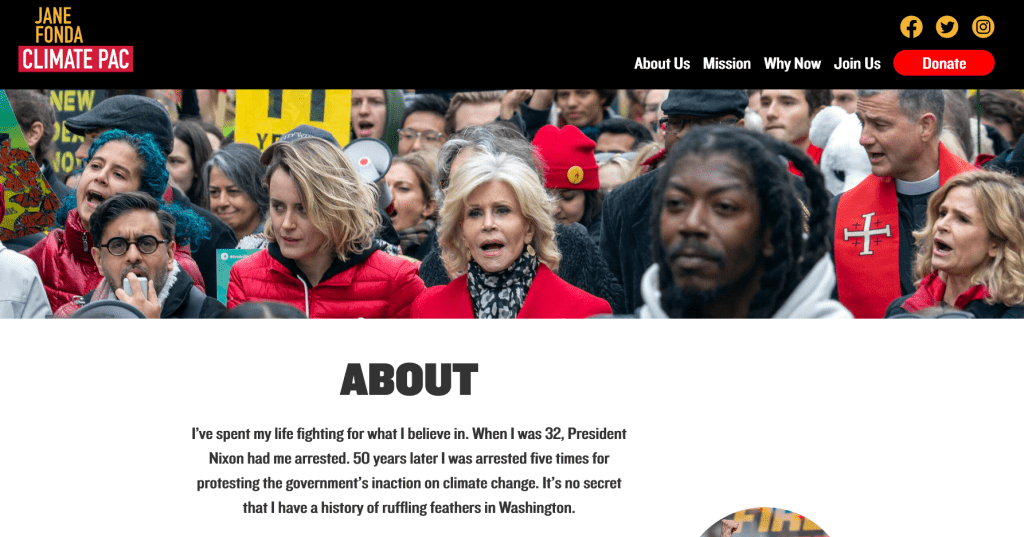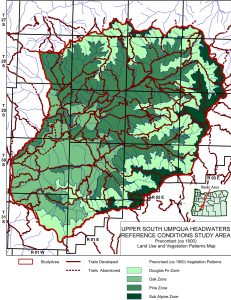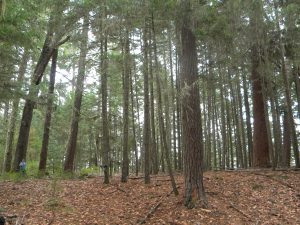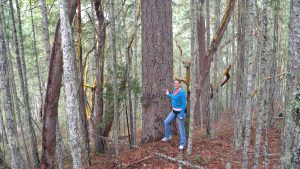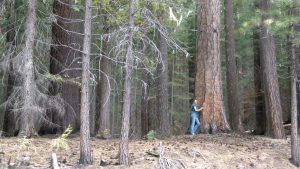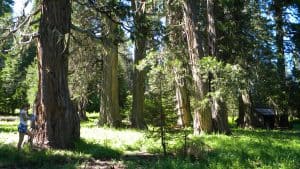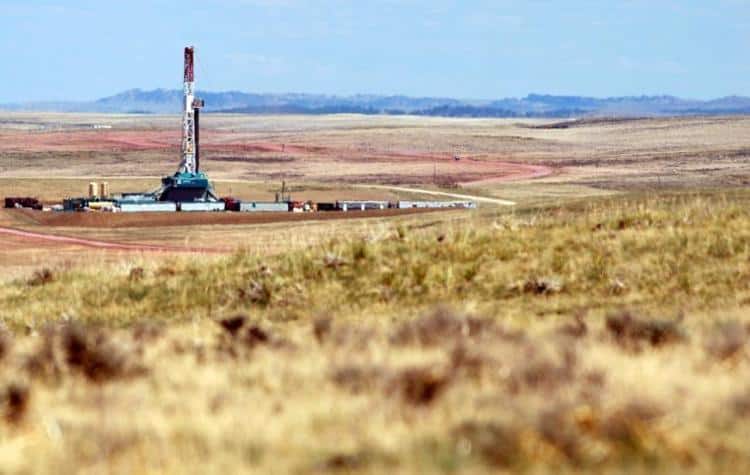The Forest Service summary is here (ignore the date on the Summary): Litigation Weekly March 11 2022 EMAIL (1)
Links are provided to court documents.
COURT DECISIONS
- 0001_Sawtooth (except this isn’t Sawtooth – see below)
Friends of the Crazy Mountains v. Erickson (D. Mont.) – On February 18, 2022, a Magistrate Judge in the District Court of Montana recommended granting summary judgment to the Forest Service regarding its decision to relinquish claims to public access rights on trails on the Custer Gallatin National Forest and to reroute the trails.
BONUS: The potential implications of allowing the agency to not enforce its rights as a result of this case have been brought up in Congress by Senator Martin Heinrich New Mexico: “These decisions affect access in every state in the nation. Why is the Forest Service and DOJ changing its position on public rights of access on that trail in particular, and what does that mean for trails everywhere in the U.S.?”
Grand Canyon Trust v. Provencio (9th Cir.) – On February 22, 2022, the Ninth Circuit Court of Appeals affirmed the district court’s summary judgment that intervenor Energy Fuels held a valid existing right to operate the Canyon Mine to produce uranium on the Kaibab National Forest in an area near the Grand Canyon that had been withdrawn from new mining claims. The issue of validity involved the costs used in determining profitability. (The Havasupai Tribe was one of the plaintiffs, as mentioned here.)
Sawtooth Mountain Ranch LLC v. United States of America (D. Idaho) – On February 24, 2022, the District Court of Idaho upheld the construction of the Stanley Redfish Trail on a public trail easement across plaintiffs’ property to the Sawtooth National Forest and National Recreation Area. Here is some additional background. The opinion on the Quiet Title claims is here.
Cottonwood Environmental Law Center v. Gianforte (9th Cir.) — On March 2, 2022, the 9th Circuit Court of Appeals affirmed the district court’s denial of a preliminary injunction sought against the Interagency Bison Management Plan for the area in and around Yellowstone National Park, including the Custer Gallatin National Forest, alleging the likelihood of increased tribal bison hunting and associated NEPA violations.
Friends of the Clearwater v. Petrick (D. Idaho) – On March 2, 2022, the District Court of Idaho found that the Fish and Wildlife Service did not provide an explanation for how it determined that grizzly bears were not “present” for the purpose of ESA consultation on the Brebner Flat project on the Idaho Panhandle National Forest, but it did not vacate the decision while such explanation is being provided.
NEW CASES
Klamath Forest Alliance v. Vilsack (D. Oregon) – On February 3, 2022, Plaintiffs filed a complaint in the District of Oregon claiming the Forest Service violated NEPA when using a categorical exclusion to authorize the paving of Forest Service Roads 20, 20A, 40S30 and 40S30A on the Mt. Ashland/Siskiyou Peak Botanical Area on the Klamath National Forest.
BONUS: As explained here, the Forest was surprised to discover that the roads had never been paved, which made the project ineligible for the funding it expected to use, and they have rescinded this paving decision.
Capital Trail Vehicle Association v. U.S. Forest Service (D. Montana) – On February 25, 2022, Plaintiffs filed a complaint in the District Court of Montana claiming the Divide Travel Plan on the Helena-Lewis and Clark National Forest would close 144 miles of roads to all vehicle use without proper analysis of its environmental and social impacts.
OTHER AGENCY CASES
Komor v. United States (D. Arizona) ‐ On February 14, 2022, Plaintiff filed a complaint alleging violations of the Fifth, Ninth and Tenth Amendments to the U. S. Constitution for actions resulting in the generation of greenhouse gasses. The complaint specifically refers to the Department of Energy.
BONUS: In other climate litigation, a case in Montana involving the state constitution’s right to “a clean and healthful environment” may be the first climate change case to go to trial (a year from now).
BLOGGER’S BONUS
Court decision in Board of County Commissioners of San Miguel v. United States BLM (D. Colo.) – On February 9, 2022, the district court found that the BLM had violated the Endangered Species Act when it failed to consult with the Fish and Wildlife Service prior to approving oil and gas leases in southwest Colorado in habitat for the threatened Gunnison sage-grouse. The court held that prior consultation on the resource management plan was insufficient because there was new information available for the leasing decision. (The article includes a link to the opinion.)
Court decision in Defenders of Wildlife v. U. S. Fish and Wildlife Service (N.D. Cal.) – On February 10, 2022, the district court restored Endangered Species Act protections to gray wolves in most of the lower 48 states. The court found the government improperly relied on gray wolf recoveries in the Great Lakes and Northern Rocky Mountains to decide wolves across the contiguous U.S. no longer qualify for federal protection. (The article includes a link to the opinion.)
New case: Center for Biological Diversity v. Surface Transportation Board (D.C. Cir.) – On February 11, 2022, five environmental organizations petitioned the court of appeals for review of the Board’s authorization to construct and operate an approximately 85-mile rail line in the Uinta Basin, including portions of the Ashley National Forest, much of it in roadless areas. (This news release includes a link to the complaint.)
Court decision in Friends of Animals v. U. S. Fish and Wildlife Service (9th Cir.) – On March 4, 2022, the Ninth Circuit Court of Appeals approved permits for private logging companies to incidentally take spotted owls while killing barred owls on their lands to determine how that would benefit spotted owls. The panel found the government’s experiment would yield important information that would help it create a policy to better protect northern spotted owls, thus complying with the “net conservation benefit” requirement under the Endangered Species Act. (The article includes a link to the opinion.)
A defendant pleaded guilty and was given a $2,000 fine and 3-year ban from being on the Bridger-Teton National Forest for use or occupancy of National Forest System lands for residential purposes.
Forest Service law enforcement has located and cited 3 individuals harvesting wood without a permit on the Six Rivers National Forest.
A California man was sentenced to 21 months in prison for burglarizing fee collection sites on the Coronado National Forest. He also admitted breaking locks to commit 42 similar burglaries in multiple states.
Avoiding litigation: In January, the Environmental Protection Agency announced will take a systematic approach to evaluating pesticides’ harmful effects instead of being forced to comply by lawsuits (particularly with regard to ESA).


